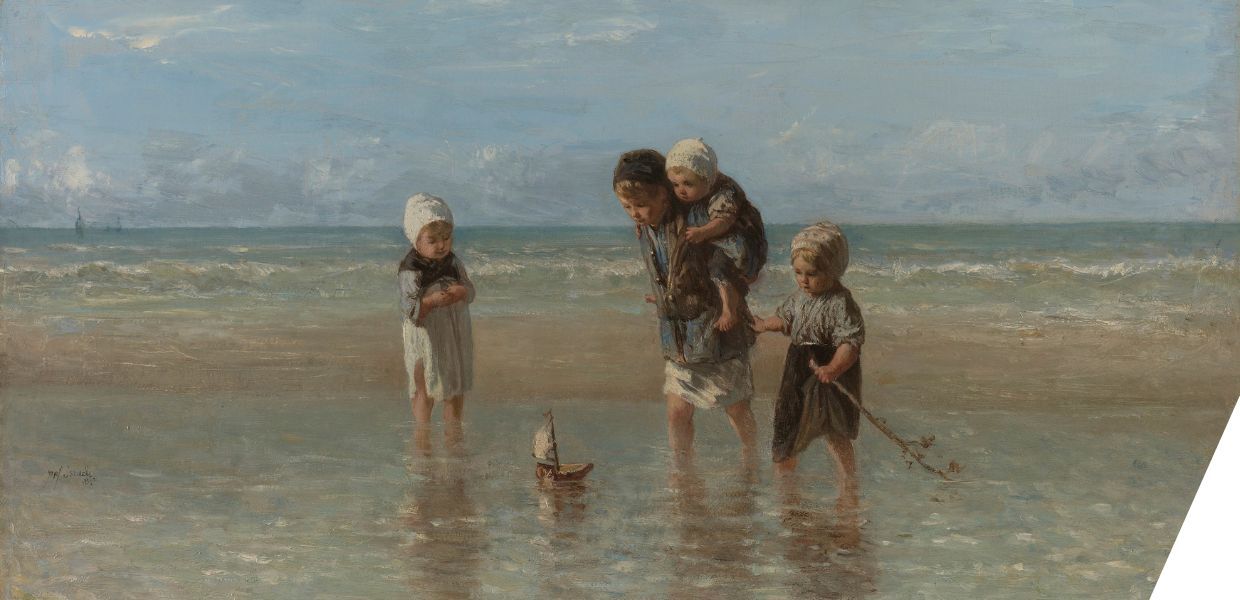We recently told you about the adoption of the Directive on Copyright in the Digital Single Market, the most comprehensive pan-European copyright reform since 2001. We had also been informing you on progress along the way: from the very beginning and all throughout the (sometimes bumpy) process.
June 20, 2019, the day the Directive entered into force, marked the start of a two-year transposition period. That means that by June 20, 2021, Member States have to have laws in place that meet the objectives of the Directive.
The text holds important promises for the cultural heritage sector and this is in no small part thanks to the advocacy efforts conducted by Europeana in line with its advocacy framework. Together with organisations representing the library sector such as IFLA, LIBER, EBLIDA, Sparc Europe and the European University Association, we voiced your concerns, communicated your challenges, insisted on the need to invest in preservation and dissemination of cultural heritage and suggested solutions. All with the aim of ensuring that your public interest mission would be part of the new copyright framework.
- Preservation. All European member states will have to have a preservation exception in place, allowing for reproduction to take place through any means and across-borders.
- Out of commerce works. All European member states will have to have a solution in place, either an exception or a license, for the digitisation and dissemination of works in cultural heritage institutions that are out of commerce.
- Works in the public domain. Digital copies of works of visual arts that are in the public domain shall remain in the public domain.
There are several other very important articles in the Directive with an impact on research and education, such as articles 3 and 4 on text and data mining, and 5 on digital and cross-border teaching. Overall, contracts and technological protection measures (TPMs or DRM) should not get in the way of activities allowed under an exception.
Next steps
Cultural heritage institutions in each country should not miss the opportunity to make the most of what the Directive provides and make sure the strong benefits for cultural institutions are properly reflected in their country’s law.
Even though Europeana played an important role throughout the process, we will now take a step back to leave it to you to ensure the best results for the sector in your country. We will still be there to support your efforts: we have collaborated with Communia in the writing of their advocacy guide, and we are exchanging information on how things develop at the national level through the copyright community. Europeana will take part in discussions at the European level if a European interlocutor is needed, such as with the EUIPO database on out of commerce works.
The copyright community will play a strong role from now on, and we encourage you to join. The community is a forum in which practitioners can help each other meet the copyright challenges that we all experience in the process of making our digital collections available online for reuse. It supports the exchange of information and best-practices that will be so necessary in this changing legal landscape.
European legislators are clearly stepping up to help us make our cultural heritage visible and accessible in the digital age by ensuring that copyright does not stand in the way. It is now up to all of us to make it a reality.


